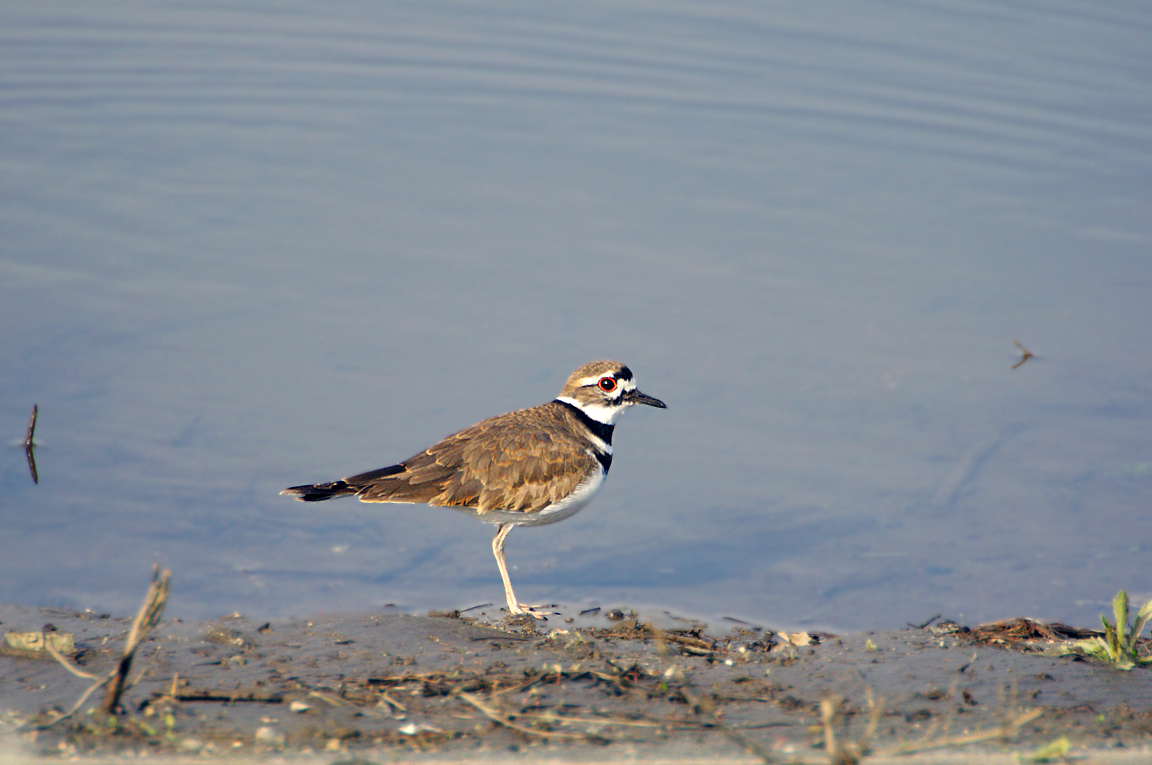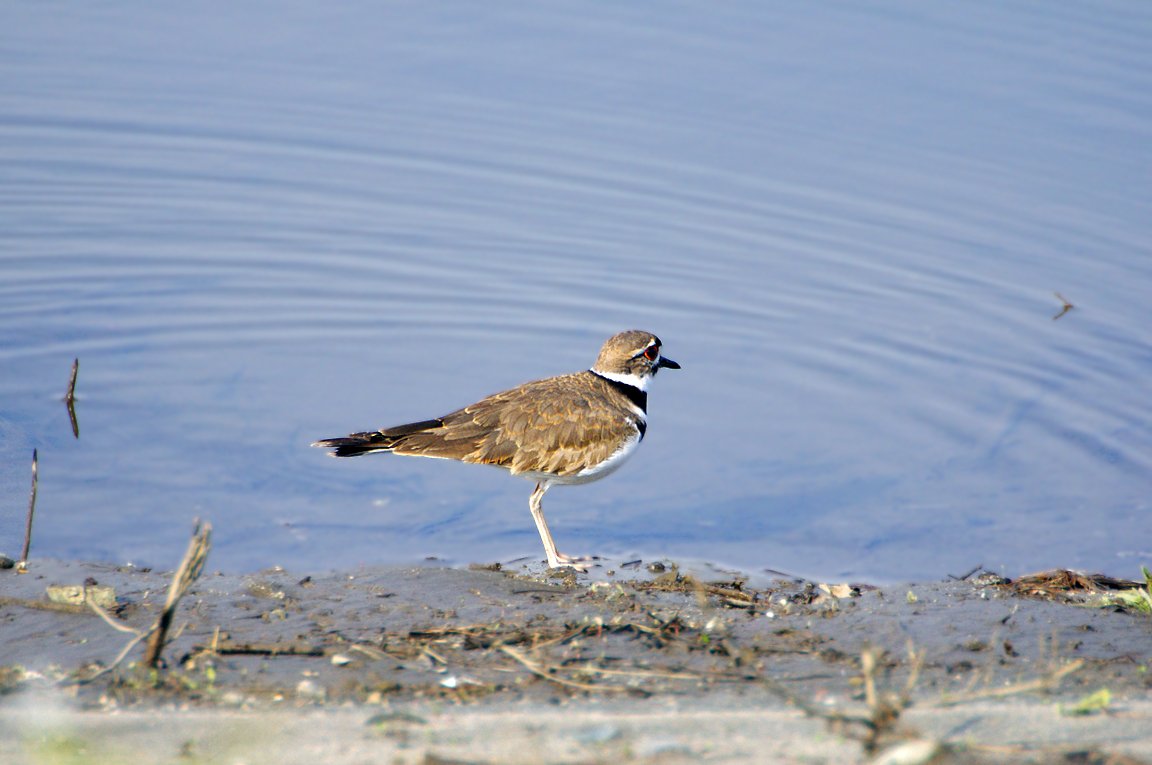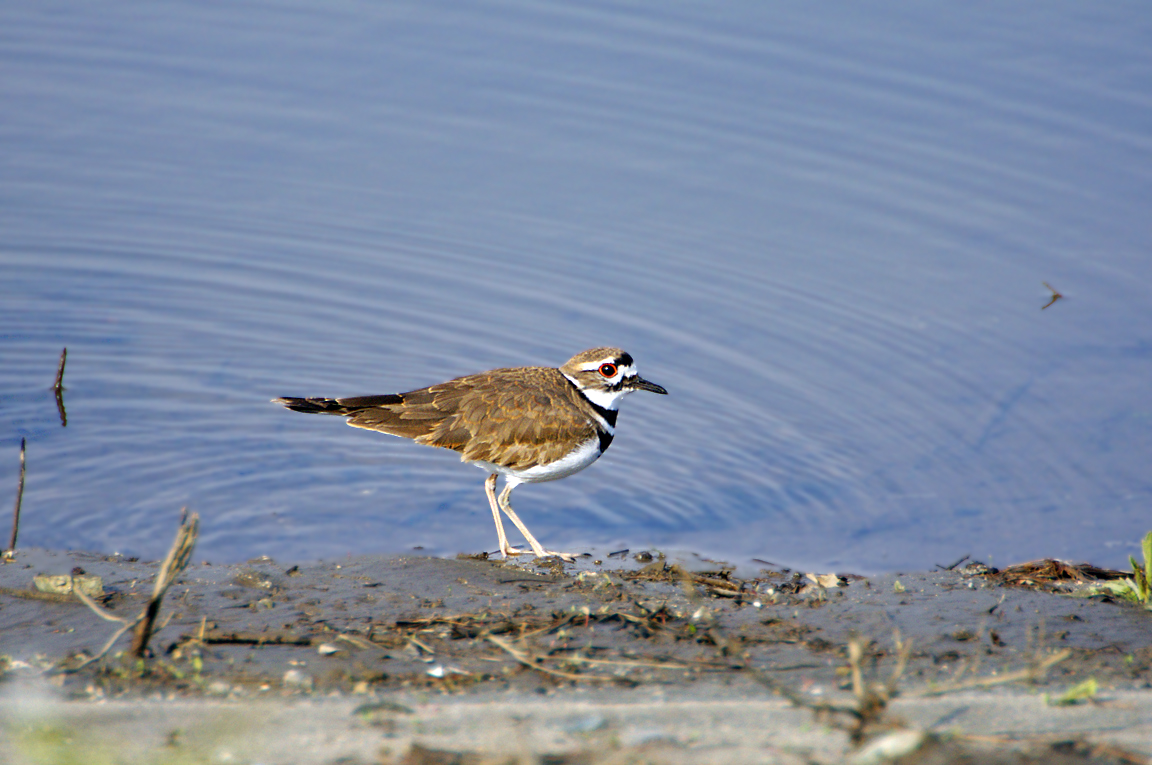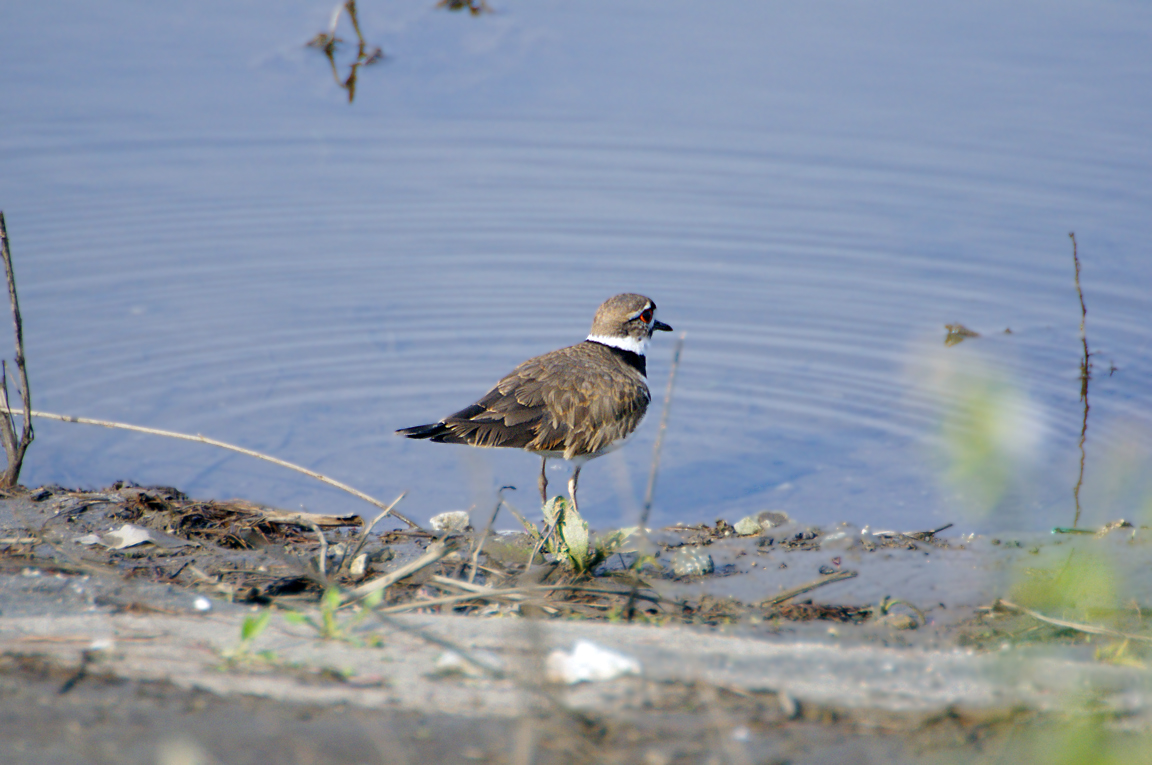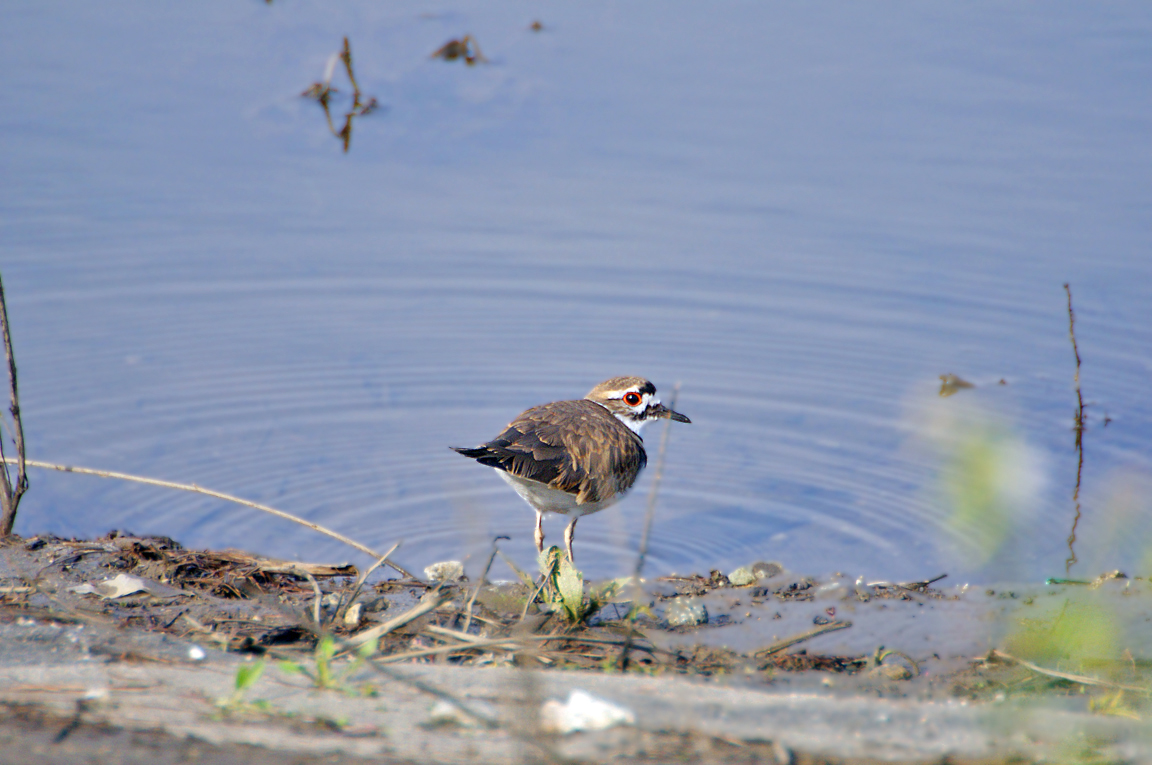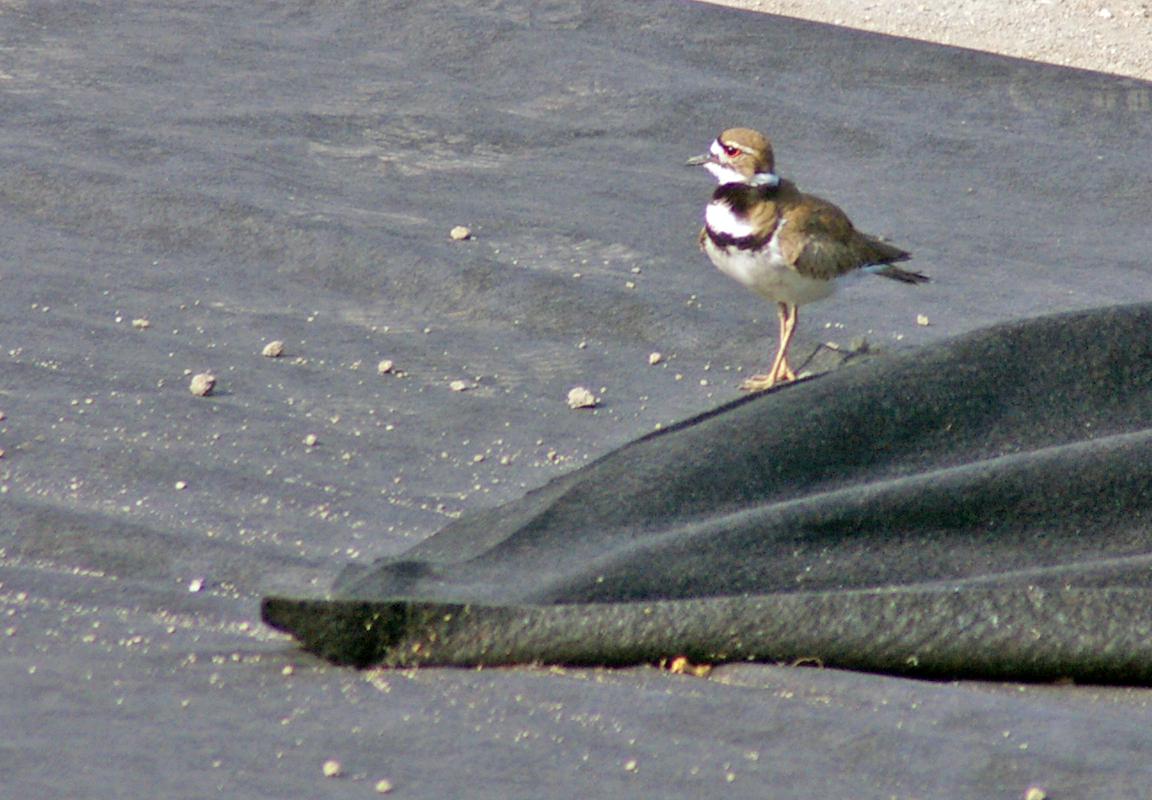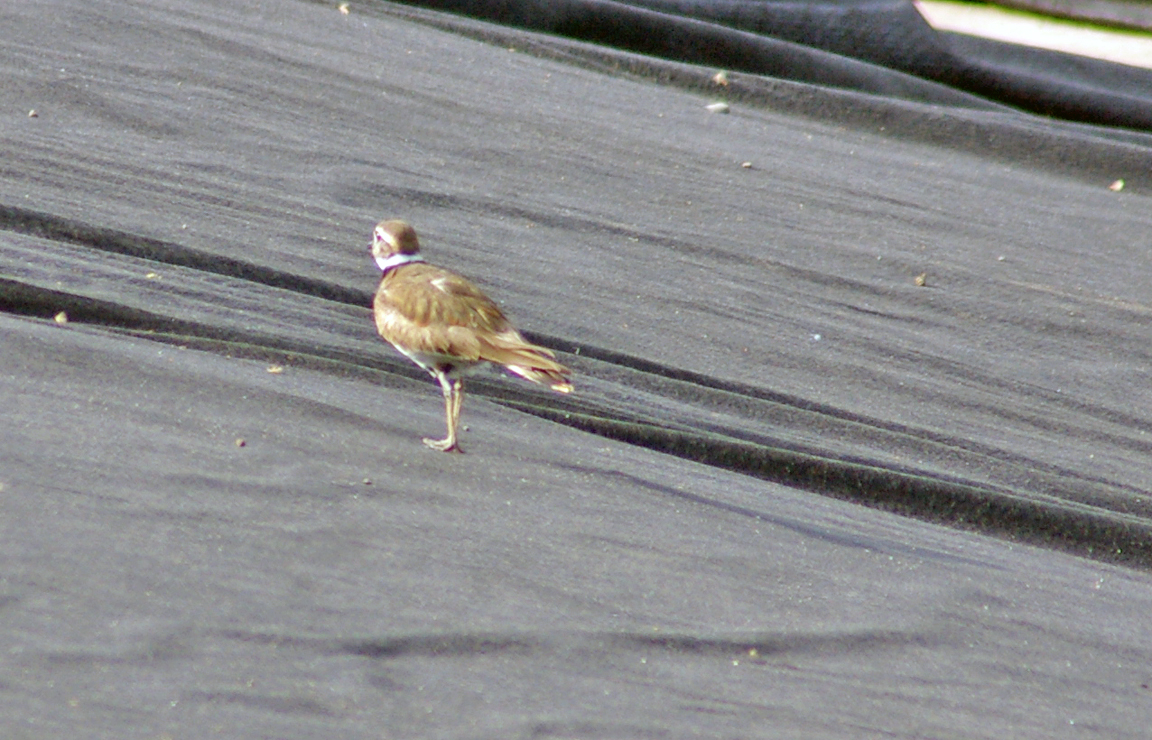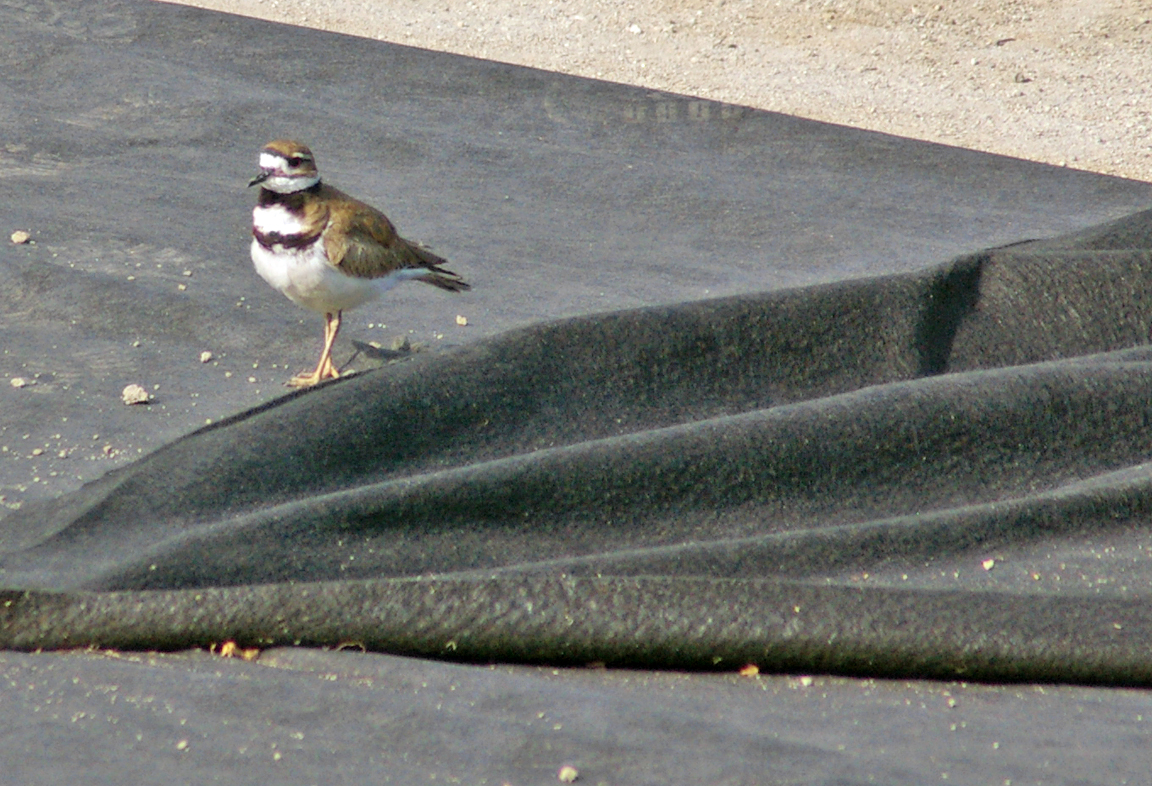|
|
|
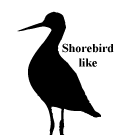 |
Killdeer
|
| Charadrius vociferus | |
The most widespread and familiar of the American plovers, the Killdeer is a common bird in farmyards, fields, and parking lots. Although many species of birds pretend to have a broken wing to lure predators from their nest, the Killdeer is the one most commonly seen performing this distraction display.
Interesting Information
-
The Killdeer is one of the most successful shorebirds because of its fondness for human modified habitats and its willingness to nest close to people. Because they live so close to people, however, they are vulnerable to pesticide poisoning and collisions with cars and buildings.
-
Gravel rooftops attract Killdeer for nesting, but can be dangerous places to raise a brood. Chicks may be unable to leave a roof because of high parapets and screened drain openings. When adults lure chicks off the roof, the chicks may die from the fall. However, some chicks have been observed leaping from a seven-story building and surviving.
-
The broken-wing act used to lead predators from the nest would not keep a cow or horse from stepping on the eggs. To guard against large hoofed animals, the Killdeer uses a quite different display, fluffing itself up, displaying its tail over its head, and running at the beast to attempt to make it change its path.
Description
Adult Description
-
Size: 20-28 cm (8-11 in)
-
Wingspan: 46-48 cm (18-19 in)
-
Weight: 75-128 g (2.65-4.52 ounces)
-
Medium-sized shorebird.
-
Legs moderately long.
-
Neck short.
-
Back brown.
-
Underparts white with two black bands on chest.
-
Wings and tail long.
-
Throat and neck white.
-
White band on forehead, black band above it going from eye to eye.
-
White eyestripe behind each eye.
-
Orange rump and upper tail in flight.
-
White wingstripe.
-
Outer tail feathers tipped in white.
Sex Differences
Sexes look alike.
Immature
Downy chick with only one chest band.
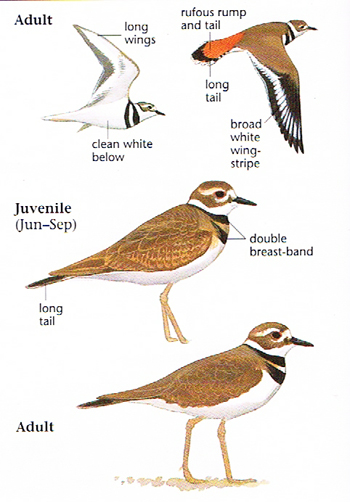
Photo taken from: The Sibley Field Guide by David Allen Sibley
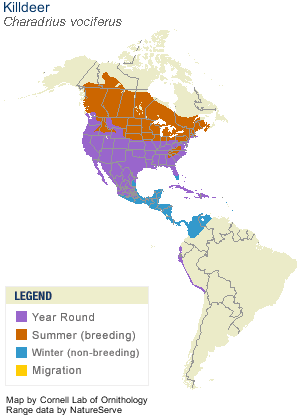
© 2003 Cornell Lab of Ornithology
|
Habitat |
|
Open areas, especially sandbars, mudflats, pastures, cultivated fields, athletic fields, airports, golf courses, gravel parking lots, and graveled rooftops. |
|
Behavior |
|
Characteristic search method involves running, stopping, waiting, bobbing head, then running again. Follows agricultural plows for worms. |
|
Food |
|
Terrestrial invertebrates, especially earthworms, grasshoppers, beetles and snails. Occasionally small vertebrates and seeds. |
Taxonomy
| Kingdom: | Animalia |
| Phylum: | Chordata |
| Subphylum: | Vertebrata |
| Class: | Aves |
| Order: | Charadriiformes |
| Family: | Charadriidae |
| Genus: | Charadrius |
| Species: | Charadrius vociferus |
| Subspecies: | Charadrius vociferus peruvianus |
| Species: | Charadrius vociferus ternominatus |
| Species: | Charadrius vociferus vociferus |
Similar Species |
|
|
Bird Sound |
|
Loud piercing "kill-deer." |
|
Eggs look like this |
|
Photo taken from: ARCTOS Collaborative Collection Management Solution |
